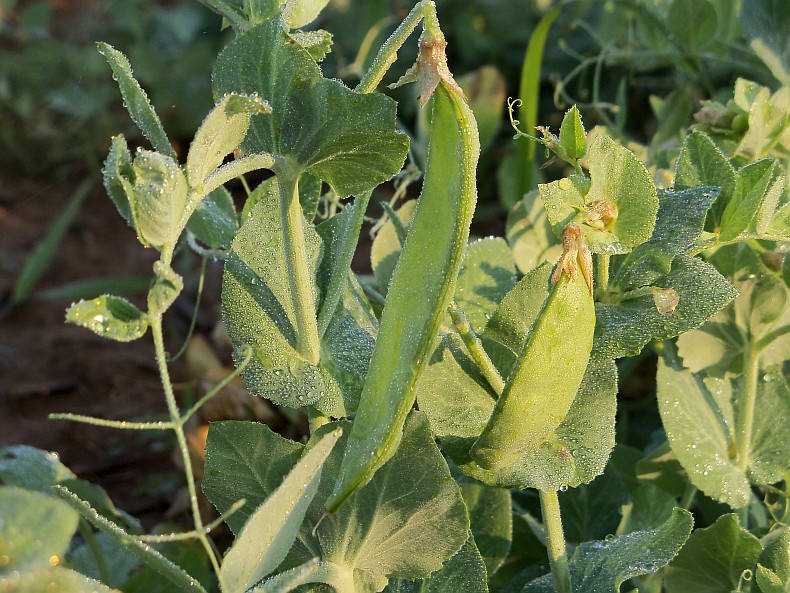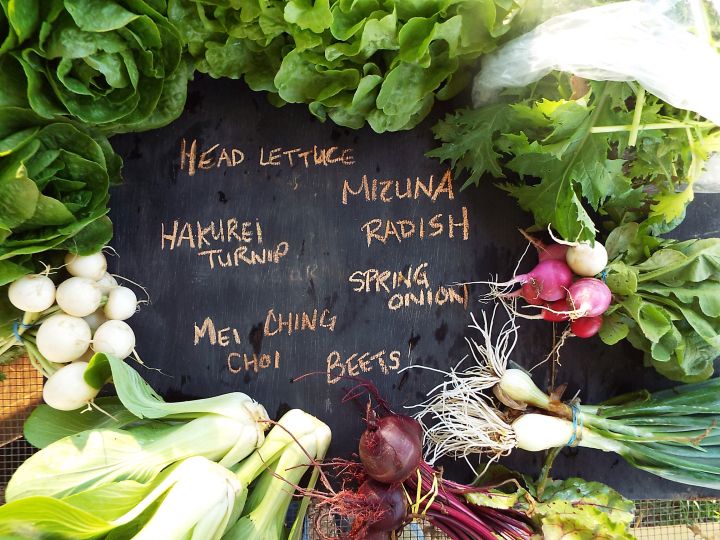This week we are feeling thankful. Why? Because eleven households supported our farm this spring, placing their trust in us and hoping to get some vegetables in return. Thank you for being a founding member of our CSA. We’ve been on a pretty steep learning curve that has not yet started leveling out. Here are just a few of the things we have learned in the past few months that we are sure will make next spring more fruitful –or rather, veggie-full:
1. Turkey vultures will attack crops treated with fish fertilizer
2. Winter carrots need more protection from hungry bunnies then our dog is willing to provide
3. Extra time should be budgeted for tractor work. She is old. Something will go wrong
4. Baby chickens rule your life for the first four weeks. Clear the schedule.
The latest area of our ongoing education is synthetic herbicides. It started Monday when I found another sick tomato. Not wanting to leave diseased plants in the field, I had pulled one plant up a couple of weeks ago, and another one over the weekend, so when I spotted another the very next day I became concerned. Cutting away the infected limbs I found a green-gray-black caterpillar on the leaf. Aha! Perhaps this pest is a vector for disease. We called Michael, our extension agent, who came out to the farm right then and there and diagnosed the problem as early blight (fungus) and tomato fruitworm (aka cotton bollworm, tobacco budworm, and corn earworm – depending on what it is having for dinner). But that is not the point of the story.
Then Michael saw the miserable peppers and eggplants which I had concluded were suffering the effects of overly hot compost which we wrote about in the newsletter in early April. I had been watering them excessively to flush the soil in the hopes that they would pick themselves up and do something [we have planted back-up peppers and eggplants in another spot so we will have the CSA supplied]. He took one look and said it was herbicide damage from the aged cow manure we had used. He took some pictures, sent them to a specialist, and came back with a diagnosis: aminopyralid.
The idea that an herbicide can be sprayed on a hayfield and after that hay has been harvested, passed through a cow’s digestive tract, pooped out and sits on the ground as composting manure for at least a year…that herbicide will still wreak havoc on plants in ridiculously minuscule quantities is both CRAZY and TERRIFYING. The National Organic Program only stipulates that manure be applied a certain number of days before a food crop is harvested, but manure from conventionally raised animals is permitted. We followed the rules!
The problem is that the farmer we got the manure from doesn’t spray aminopyralid. He only uses a very benign contact herbicide (it only effects the plants it directly touches and dissipates rapidly) in his hayfields, no herbicides in the pasture, and he grows his own hay. The definitive test costs $275, but the photographs we have seen are pretty convincing. Was it only in the first load of cow manure we got, which was taken from a different part of the field? How did the aminopyralid get into the cow manure?
It seems tragic to me that the best medicine for feeding the soil – animal manure – is dangerous to use due to chemical contamination. I am not exactly sure what the take home message is here. Hopefully time will offer up some clarity as we bumble our way through yet another learning experience.




